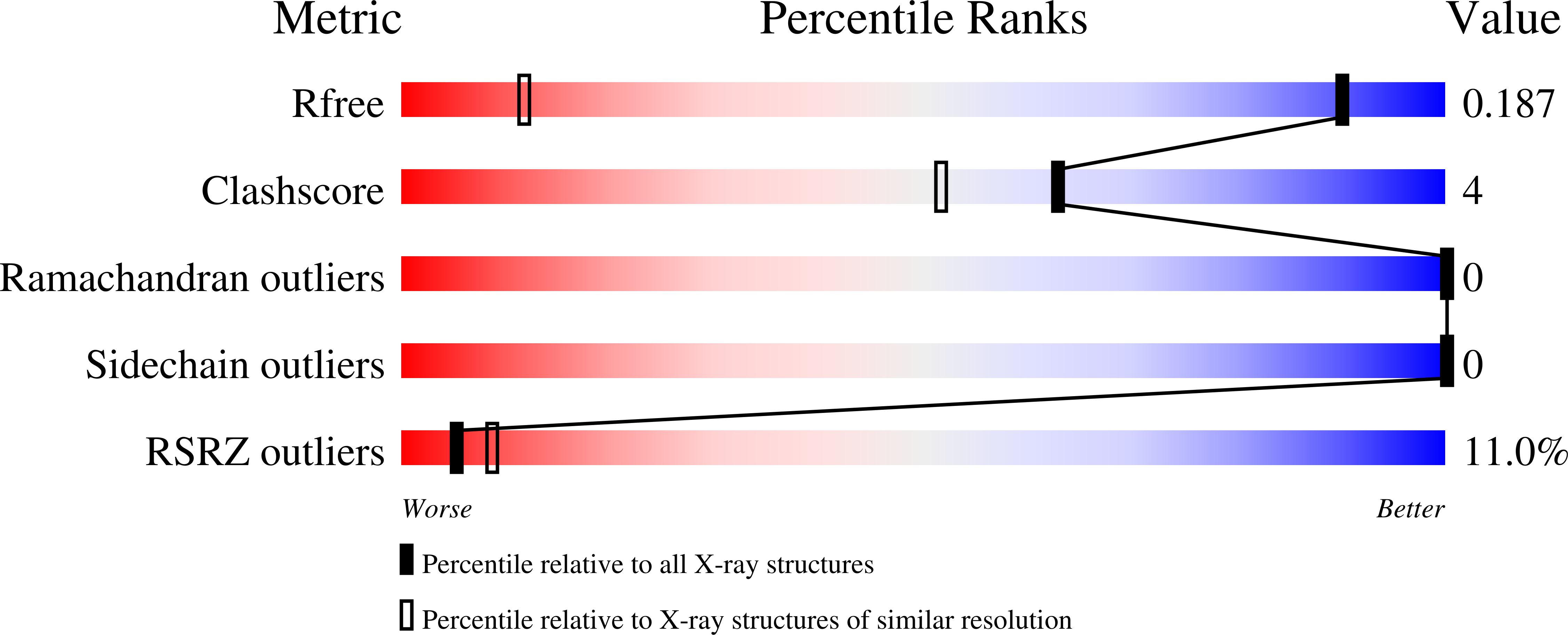Tracing the Evolution of the P53 Tetramerization Domain
Joerger, A.C., Wilcken, R., Johnson, C.M., Andreeva, A.(2014) Structure 22: 1301
- PubMed: 25185827
- DOI: https://doi.org/10.1016/j.str.2014.07.010
- Primary Citation of Related Structures:
4CZ5, 4CZ6, 4CZ7, 4D1L, 4D1M - PubMed Abstract:
The tetrameric transcription factors p53, p63, and p73 evolved from a common ancestor and play key roles in tumor suppression and development. Surprisingly, p63 and p73 require a second helix in their tetramerization domain for the formation of stable tetramers that is absent in human p53, raising questions about the evolutionary processes leading to diversification. Here we determined the crystal structure of the zebrafish p53 tetramerization domain, which contains a second helix, reminiscent of p63 and p73, combined with p53-like features. Through comprehensive phylogenetic analyses, we systematically traced the evolution of vertebrate p53 family oligomerization domains back to the beginning of multicellular life. We provide evidence that their last common ancestor also had an extended p63/p73-like domain and pinpoint evolutionary events that shaped this domain during vertebrate radiation. Domain compaction and transformation of a structured into a flexible, intrinsically disordered region may have contributed to the expansion of the human p53 interactome.
Organizational Affiliation:
MRC Laboratory of Molecular Biology, Francis Crick Avenue, Cambridge CB2 0QH, UK. Electronic address: acj2@mrc-lmb.cam.ac.uk.














